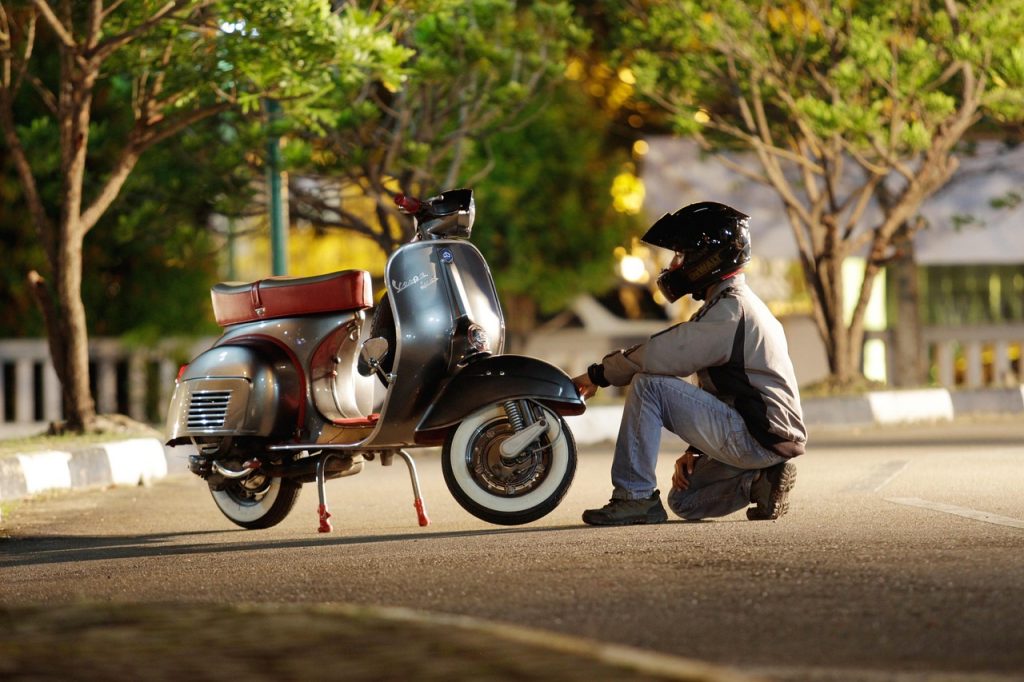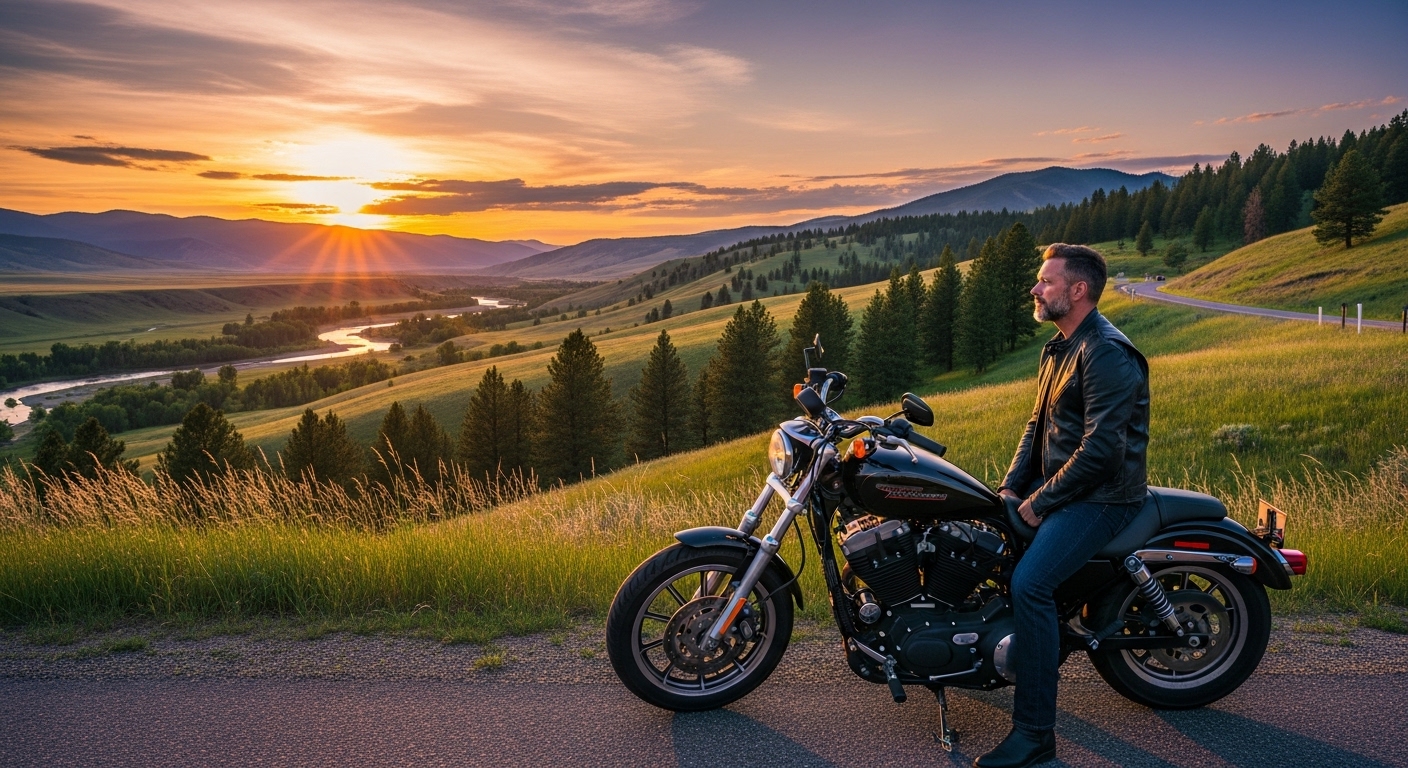riders rely on sharp skills, fast reflexes, and good judgment to avoid danger. Whether you’re a beginner or a seasoned rider, practicing emergency maneuvers is one of the most important things you can do to stay safe.
In this article, we’ll explore what exercises motorcyclists can practice to improve their emergency reaction skills, how to build split-second decision-making, and which core techniques should be second nature before heading onto the highway.
Why Emergency Drills Matter
A motorcyclist might encounter gravel in a corner, a car merging without signaling, or a deer bolting into the road—often with only seconds to respond. In those moments, survival depends on preparation.
According to data from the National Highway Traffic Safety Administration (NHTSA), motorcyclists are 29 times more likely to die in a crash than car occupants per mile traveled. Practicing emergency response drills in a controlled environment helps riders build automatic reflexes—so reaction is instinctive, not delayed by panic.
What Skills Should a Beginner Motorcyclist Work on Before Taking to the Highway?
Before tackling high-speed roads, beginners should master a few critical skills that build both confidence and control:
- Smooth throttle and brake control
- Precise clutch handling
- Countersteering for turns
- Scanning and lane positioning
- Basic emergency braking and swerve maneuvers
These are the building blocks taught in MSF courses and reinforced by professional instructors across the U.S. Without them, a beginner is at a serious disadvantage on open highways where decisions must be made quickly.
For new riders, understanding the fundamentals of safety, licensing, and training is essential for protecting both yourself and others on the road. If you’re just getting started, don’t miss our companion article:
Essential Motorcycle Safety Tips Every New Rider Must Know Before Taking Off

How Can Motorcyclists Improve Their Reaction Time and Decision-Making Skills in Sudden, Dangerous Situations?
Fast, effective reactions start with mental training. Visualization, scenario-based thinking, and focused drills help condition riders to respond under pressure. Riders can:
- Visualize emergency scenarios and walk through their response plan
- Practice mental scanning while riding to stay aware of potential threats
- Use “what if” thinking at every stoplight or intersection (e.g., “What if that car turned in front of me?”)
Riders who anticipate problems—not just react to them—make smarter, faster decisions. Mental preparation is as vital as physical technique.
What Exercises Can Motorcyclists Practice to Improve Their Emergency Reaction Skills?
Here are four practical drills every rider should practice regularly:
1. Quick Stops (Threshold Braking)
Practice braking hard without locking up the wheels. This teaches you to stop quickly and in control. Begin in a parking lot at a slow speed and build confidence gradually.
2. Obstacle Avoidance (Swerve Drills)
Set up cones or small markers to simulate an obstacle. At 20–30 mph, practice swerving around them without braking. This develops muscle memory for lateral movement.
3. Emergency Curve Adjustments
If you enter a turn too fast, knowing how to lean and brake without losing traction is critical. Practice applying the gentle rear brake and downshifting while leaned into a curve at moderate speed.
4. Target Fixation Drills
Set a visual marker in your path and practice looking away from it while riding past. This helps train your brain to focus on escape routes rather than hazards.
Many of these techniques are taught and reinforced in advanced rider courses offered through programs like the Montana Motorcycle Safety Foundation (MMSF) and other MSF affiliates.
Are Motorcyclists More Knowledgeable Than Car Drivers?
Do you believe that motorcyclists are generally more knowledgeable than car drivers due to the complexities of riding a motorcycle? Why or why not?
It’s a fair question—and the answer often leans yes. While not all riders are perfect, the physical demands and situational awareness required to safely operate a motorcycle exceed those of driving a car. From managing balance and body position to navigating blind spots and friction zones, motorcyclists are constantly multitasking.
Additionally, most riders go through structured safety training and licensing procedures that many car drivers skip. This higher barrier to entry tends to filter out casual, uncommitted participants and foster a more educated, engaged group of road users.
Practice Like Your Life Depends on It—Because It Does
The best way to survive a dangerous situation is to train for it before it happens. Emergency drills are not just for new riders—they’re habits for life. Whether you’re just getting started or have thousands of miles behind you, revisiting the basics can sharpen your edge and potentially save your life.

